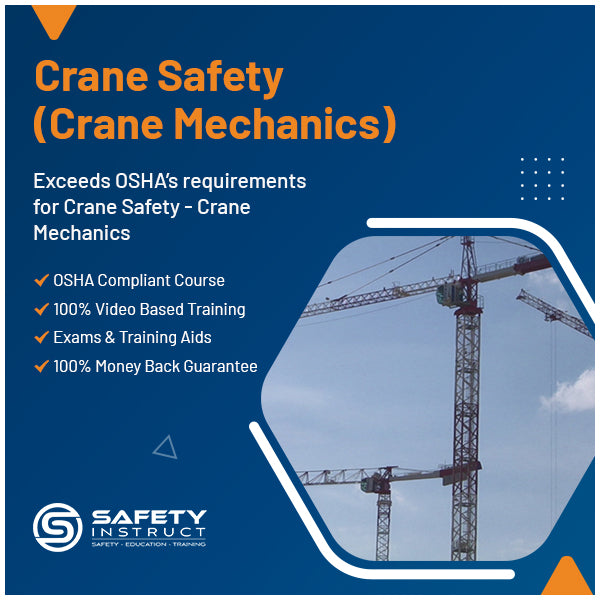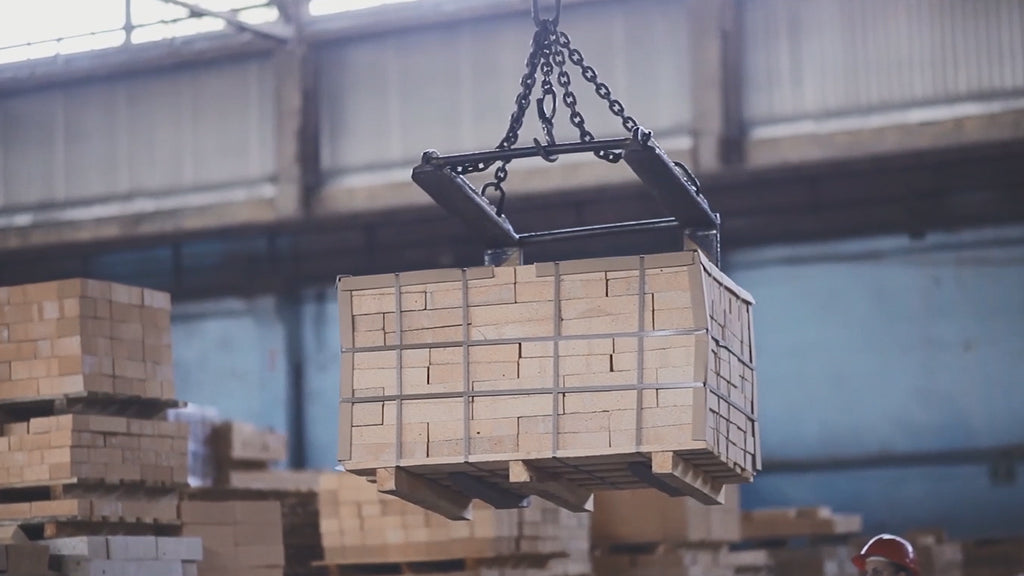No Products in the Cart
Click Here to Schedule a FREE Consultation
Phone: 866-943-6887 Email: sales@safetyinstruct.com



Cranes are an integral part of any construction site. Invented by the Greeks, cranes have been around for centuries. Although they have vastly improved in design and efficiency, cranes have always been composed of the same basic parts, and have operated in the same way. Although there are many types of cranes, they all function by using a pulley to distribute weight over a series of cables.
Parts of a Crane
Cranes operate by using a system of pulleys that distribute weight over a series of cables. Whether you are using an indoor overhead crane, or a sedentary tower crane, they will both use this same lifting mechanics. These mechanics require a boom, which lifts the load, a jib which extends it, Rotex Gear which allows the operator's cab to turn and turn the boom with it; counterweights to offset the load weight and balance the crane; outriggers which stabilize the crane preventing it from tipping over on its side; and the pulleys which distribute the load over the cables.
Crane Attachments
There are several types of attachments which one uses to attach a load to the crane's hook. These range from wire rope to nylon slings and chain slings. The attachment you use will vary depending on the load being lifted. All attachments, regardless if nylon or chain, can become worn out and compromised over time. This is especially true if the attachment rubs up against its load, so if you are working with sharp edges, you should use padding between the load and its attaching device. To work safely, you must understand not only which attachment you need, but also how to tell when it has become worn out and must be discarded.
Crane Hazard Prevention
Every year there are numerous crane accidents. Most of these could have been avoided with proper knowledge and safety awareness. Most crane hazards happen when a crane is overloaded and becomes compromised, the load is lifted and moved too quickly, causing the load to swing, when a load is off balance and becomes unstable, and when materials that have not been properly rigged fall to the ground. Hazards also arise when a crane's boom comes into contact with a charged power line. This is a serious danger as the electric charge will travel down the boom and into the operator's cab.


